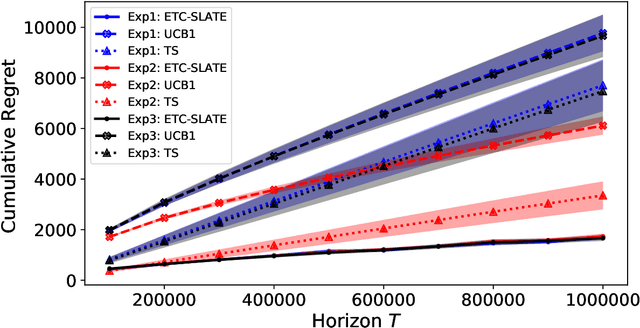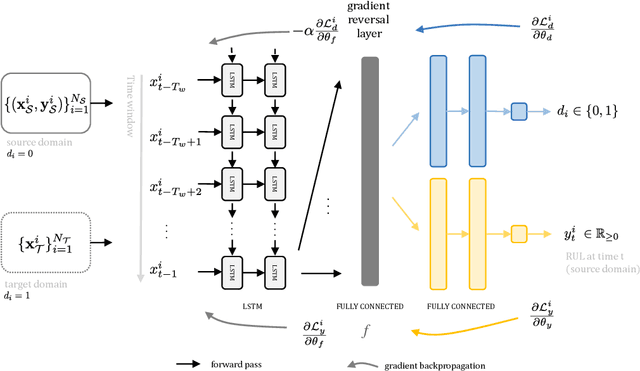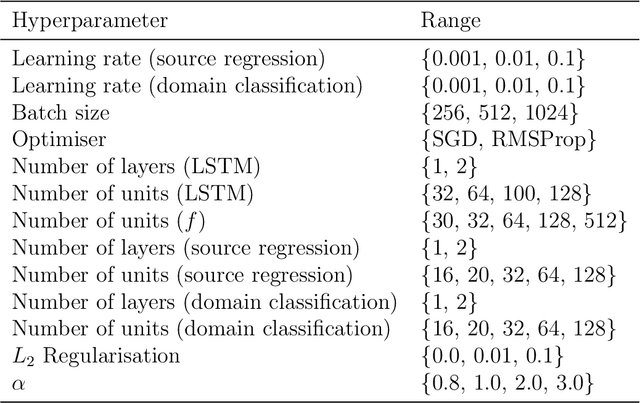Uzay Kaymak
School of Industrial Engineering, Eindhoven University of Technology, Eindhoven, The Netherlands, School of Biomedical Engineering and Instrumental Science, Zhejiang University, Hangzhou, P.R. China
Making sense of violence risk predictions using clinical notes
Apr 29, 2022



Abstract:Violence risk assessment in psychiatric institutions enables interventions to avoid violence incidents. Clinical notes written by practitioners and available in electronic health records (EHR) are valuable resources that are seldom used to their full potential. Previous studies have attempted to assess violence risk in psychiatric patients using such notes, with acceptable performance. However, they do not explain why classification works and how it can be improved. We explore two methods to better understand the quality of a classifier in the context of clinical note analysis: random forests using topic models, and choice of evaluation metric. These methods allow us to understand both our data and our methodology more profoundly, setting up the groundwork to work on improved models that build upon this understanding. This is particularly important when it comes to the generalizability of evaluated classifiers to new data, a trustworthiness problem that is of great interest due to the increased availability of new data in electronic format.
* arXiv admin note: substantial text overlap with arXiv:2204.13535
Machine Learning for Violence Risk Assessment Using Dutch Clinical Notes
Apr 28, 2022



Abstract:Violence risk assessment in psychiatric institutions enables interventions to avoid violence incidents. Clinical notes written by practitioners and available in electronic health records are valuable resources capturing unique information, but are seldom used to their full potential. We explore conventional and deep machine learning methods to assess violence risk in psychiatric patients using practitioner notes. The performance of our best models is comparable to the currently used questionnaire-based method, with an area under the Receiver Operating Characteristic curve of approximately 0.8. We find that the deep-learning model BERTje performs worse than conventional machine learning methods. We also evaluate our data and our classifiers to understand the performance of our models better. This is particularly important for the applicability of evaluated classifiers to new data, and is also of great interest to practitioners, due to the increased availability of new data in electronic format.
Automated Reinforcement Learning: An Overview
Jan 13, 2022



Abstract:Reinforcement Learning and recently Deep Reinforcement Learning are popular methods for solving sequential decision making problems modeled as Markov Decision Processes. RL modeling of a problem and selecting algorithms and hyper-parameters require careful considerations as different configurations may entail completely different performances. These considerations are mainly the task of RL experts; however, RL is progressively becoming popular in other fields where the researchers and system designers are not RL experts. Besides, many modeling decisions, such as defining state and action space, size of batches and frequency of batch updating, and number of timesteps are typically made manually. For these reasons, automating different components of RL framework is of great importance and it has attracted much attention in recent years. Automated RL provides a framework in which different components of RL including MDP modeling, algorithm selection and hyper-parameter optimization are modeled and defined automatically. In this article, we explore the literature and present recent work that can be used in automated RL. Moreover, we discuss the challenges, open questions and research directions in AutoRL.
A State Aggregation Approach for Solving Knapsack Problem with Deep Reinforcement Learning
Apr 25, 2020



Abstract:This paper proposes a Deep Reinforcement Learning (DRL) approach for solving knapsack problem. The proposed method consists of a state aggregation step based on tabular reinforcement learning to extract features and construct states. The state aggregation policy is applied to each problem instance of the knapsack problem, which is used with Advantage Actor Critic (A2C) algorithm to train a policy through which the items are sequentially selected at each time step. The method is a constructive solution approach and the process of selecting items is repeated until the final solution is obtained. The experiments show that our approach provides close to optimal solutions for all tested instances, outperforms the greedy algorithm, and is able to handle larger instances and more flexible than an existing DRL approach. In addition, the results demonstrate that the proposed model with the state aggregation strategy not only gives better solutions but also learns in less timesteps, than the one without state aggregation.
Algorithms for slate bandits with non-separable reward functions
Apr 21, 2020

Abstract:In this paper, we study a slate bandit problem where the function that determines the slate-level reward is non-separable: the optimal value of the function cannot be determined by learning the optimal action for each slot. We are mainly concerned with cases where the number of slates is large relative to the time horizon, so that trying each slate as a separate arm in a traditional multi-armed bandit, would not be feasible. Our main contribution is the design of algorithms that still have sub-linear regret with respect to the time horizon, despite the large number of slates. Experimental results on simulated data and real-world data show that our proposed method outperforms popular benchmark bandit algorithms.
Towards Multi-perspective conformance checking with fuzzy sets
Jan 29, 2020



Abstract:Conformance checking techniques are widely adopted to pinpoint possible discrepancies between process models and the execution of the process in reality. However, state of the art approaches adopt a crisp evaluation of deviations, with the result that small violations are considered at the same level of significant ones. This affects the quality of the provided diagnostics, especially when there exists some tolerance with respect to reasonably small violations, and hampers the flexibility of the process. In this work, we propose a novel approach which allows to represent actors' tolerance with respect to violations and to account for severity of deviations when assessing executions compliance. We argue that besides improving the quality of the provided diagnostics, allowing some tolerance in deviations assessment also enhances the flexibility of conformance checking techniques and, indirectly, paves the way for improving the resilience of the overall process management system.
Remaining Useful Lifetime Prediction via Deep Domain Adaptation
Jul 17, 2019



Abstract:In Prognostics and Health Management (PHM) sufficient prior observed degradation data is usually critical for Remaining Useful Lifetime (RUL) prediction. Most previous data-driven prediction methods assume that training (source) and testing (target) condition monitoring data have similar distributions. However, due to different operating conditions, fault modes, noise and equipment updates distribution shift exists across different data domains. This shift reduces the performance of predictive models previously built to specific conditions when no observed run-to-failure data is available for retraining. To address this issue, this paper proposes a new data-driven approach for domain adaptation in prognostics using Long Short-Term Neural Networks (LSTM). We use a time window approach to extract temporal information from time-series data in a source domain with observed RUL values and a target domain containing only sensor information. We propose a Domain Adversarial Neural Network (DANN) approach to learn domain-invariant features that can be used to predict the RUL in the target domain. The experimental results show that the proposed method can provide more reliable RUL predictions under datasets with different operating conditions and fault modes. These results suggest that the proposed method offers a promising approach to performing domain adaptation in practical PHM applications.
 Add to Chrome
Add to Chrome Add to Firefox
Add to Firefox Add to Edge
Add to Edge